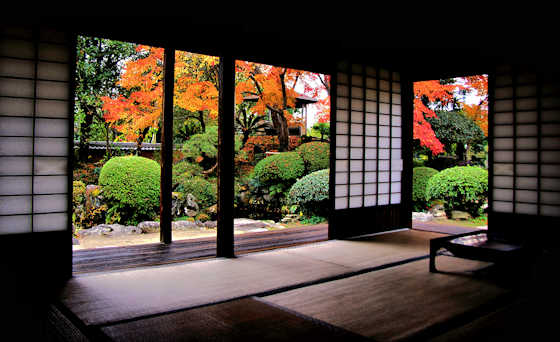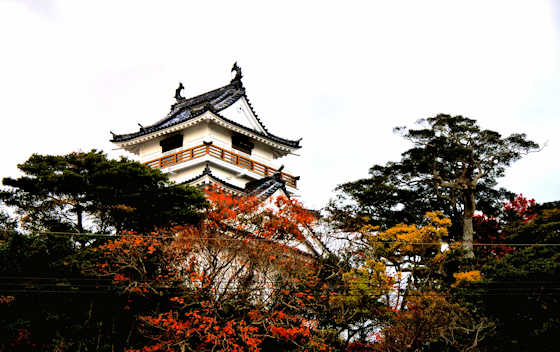Kitsuki Castle
Claimed to be the smallest castle in Japan, Kitsuki castle is located in northern Kyushu in the town of Kitsuki in Oita.
The keep is a mere three storeys, but the castle does occupy a strategic position on a headland overlooking the river and sea.
A castle was built here in the late 14th Century by Kitsuki Yorinao, though it must be said that the Japanese definition of castle would in many cases be called s small fortification in English.
I like Kitsuki. There is an excellent, well-preserved samurai district near the castle which I will post on later. The current keep is a modern reconstruction though they have made an effort to keep signs of modern times out of the grounds.
Kabosu Juice From Oita Prefecture










































